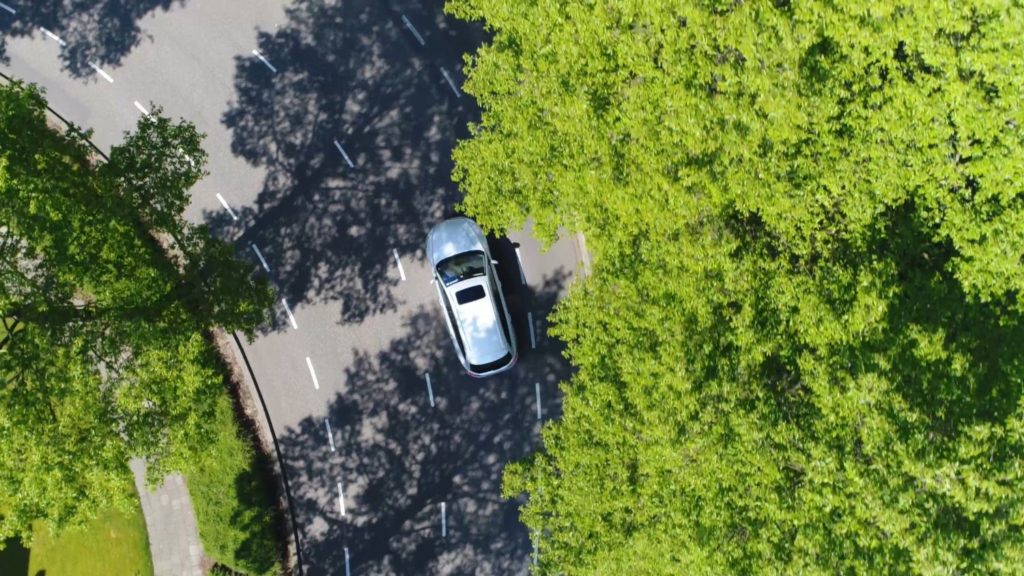If you’re new to manual-transmission driving, you might have come across the terms rev matching or heel-toe downshifting. What do they mean and what benefits can you get from them? Let’s find out in this article!
What Is Rev Matching?
Rev matching is the process of raising the engine speed to match the lower gear into which you’re shifting . The result is a smooth transition that allows the car to turn a corner without bogging down. This technique is also called heel-toe downshifting, and it can extend the life of your engine and transmission if done correctly.
First, let’s take a look at how gearing works. Shorter gears have more torque and lower top speeds, while taller gears have less torque and higher top speeds. This means that the transmission speed varies depending on which gear you’re in. If you’re in fourth gear, for instance, you’d have lower revolutions per minute (RPM). The RPM increases whenever you downshift.

Next, let’s talk about clutch disks and pressure plates. The clutch disk is located in between the pressure plate and the flywheel. It rotates according to your transmission speed. Meanwhile, the pressure plate is bolted onto the flywheel, and it rotates at the same speed as your engine. Even though these components are installed next to each other, they serve different functions. If you were to downshift from fourth to third, that would trigger the clutch disk to disengage from the pressure plate. At this point, you’d need to match the engine speed to the transmission speed by blipping the throttle so that when both components come together, the vehicle wouldn’t lose its balance.
How Is Rev Matching Done?
Rev matching is difficult, but not impossible to master. Here are a couple of pointers for those who are just learning how to rev match.
- Whenever you approach a corner, you should always downshift to make a safe turn.
- Pressing the clutch pedal will lower your RPM, so you need to press on the gas pedal to bring the RPM up to match your engine speed.
- When you aren’t using the clutch, don’t step on the clutch pedal. Instead, place your foot on the dead pedal or footrest if your vehicle has one.
Learning how to execute this technique correctly is part of the fun of driving a manual transmissionHowever, if you find this process too difficult, you can always opt for a vehicle like the Nissan 370Z, Honda Civic Type R, or Mini Cooper S, which have automatic rev matching features. All you have to do is downshift, and the car will handle the rest.
Is Rev Matching Necessary?
The short answer is yes, especially if you’re racing. Note that rev matching doesn’t just give racers a competitive advantage on the race track. It can also help you extend the life of your clutch and engines. If you were to downshift without raising your engine’s RPM, you’d risk damaging your internal components because of the rotational difference between the clutch disk and the pressure plate. You also need to rev match whenever you switch gears while turning so that your vehicle doesn’t lose its balance from the amount of braking torque on your wheels. We don’t need to remind you how dangerous it is to lose control of your vehicle while traveling at high speeds. This is the reason why racers use rev matching whenever they turn.
Does Rev Matching Use More Fuel?
Rev matching uses more fuel because you step on the accelerator pedal, but this increase is very minimal. It’s very likely that this increase in fuel consumption will be negligible.

Does Rev Matching Hurt the Clutch?
Whenever you switch gears, you subject the clutch assembly to stress. Rev matching actually minimizes clutch wear when downshifting. When you press down on the clutch pedal, you’re taking extra stress away from the clutch disc. If done correctly, this technique can prolong the life of your transmission and engine.
If you don’t want to spend thousands on clutch replacements, you’d better get used to blipping the throttle when downshifting. Otherwise, you’ll need to get high-quality replacement parts. Check out this link for great deals on clutch parts, flywheels, and more.
Can You Downshift Without Rev Matching?
While it’s possible to downshift without rev matching, this places a significant amount of strain on the clutch assembly. If you downshift and release the clutch without raising the RPM, the braking torque is transferred to the driven wheels, which gives the feeling of falling forward. In some cases, not rev matching can cause the vehicle to lose its balance. We strongly recommend that you practice this technique until it becomes second nature to keep you and your passengers safe.
Any information provided on this Website is for informational purposes only and is not intended to replace consultation with a professional mechanic. The accuracy and timeliness of the information may change from the time of publication.

























